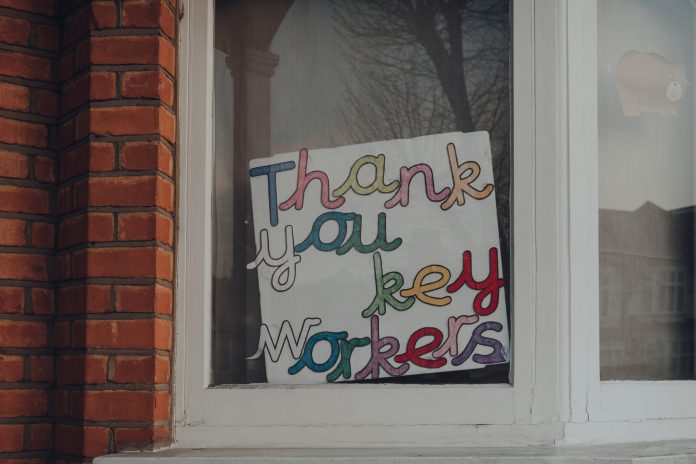Dan Joyce, General Manager, EMEA, SafetyCulture, advises how companies can ensure they’re protecting key workers during the Coronavirus crisis
One of the many things that COVID-19 has prompted us all to re-evaluate is what constitutes a ‘key worker’. Quite rightly, there has been much discussion about the critical need to protect the health and wellbeing of frontline healthcare workers, but there are also many other key workers putting themselves at risk every day to deliver essential services to the public.
This is testing the processes that organisations have in place to protect their workers, as well as shining an unwelcome spotlight on those which fall short. The public sector bodies that demonstrate they do this well have an opportunity to lead by example – both now, and as we begin to move towards a new business as usual.
Supporting home-based workers
Organisations are suddenly having to monitor and manage health and wellbeing standards for the large number of employees who are working from home. In some cases, this is being done via manual form filling, which is a huge admin burden – for HR in particular – who then need to collate and analyse this information in order to take any remedial action.
To ease this process, many organisations are using remote inspection tools to ensure home office standards are being met. Employees can report back, via mobile apps, on whether they have adequate seating arrangements, technology and a designated workspace, for example.
But public sector organisations also have a huge obligation to keep staff safe if they are working outside of the home. Not only do they face criticism if they do not meet the hygiene and social distancing measures that must be adhered to, but any failure to do so could also hinder our emergence from the lockdown.
For example, councils are beginning to re-open some of their recycling centres. With so many people working at home and generating more waste, this will be a highly useful service for households across the country. But the correct processes must be in place before this can happen. The same applies to general refuse collection.
Are there sufficient markings to delineate a two-metre distance between members of the public and staff? How can HR and management teams feel confident that these measures are being followed by staff on-site, in bathrooms, cafeterias and break out areas?
Supporting remote key workers
Key workers based on-site can use the same mobile apps as those conducting home working assessments to feedback on the levels of hygiene and health and safety being maintained. Designated social distancing implementation teams can be set up and team members can then use mobile phones to take photo evidence and demonstrate that social distancing measures are being met, before digitally signing-off their approval.
Are posters and floor signs adequate, for example? If not, an action can quickly be raised and tracked through to resolution to ensure that the right supplies are available on each site. Teams can also report on whether each member of staff is using the appropriate PPE based on their role and exposure to other people.
Creating the best strategy for each department ensures that all legal, regulatory and policy issues are taken into account, but crucially it is hugely reassuring to key workers at what is already a stressful time.
The new normal
Moving forward, organisations can also cross-reference remote inspection data with other Business Intelligence data sources and processes. For departments where cash transactions are taking place, for instance, is now the time to make them completely digital or contactless – removing the needless transmission of germs while improving business processes for the future?
Remote inspection tools have been an essential way of protecting staff during the coronavirus pandemic, but they will also prove invaluable as we enter a phased return to normality. We are likely to see new standards set for public hygiene everywhere – from public transport to cafes and shops. Public sector operators will play a key role in ensuring adherence to these new standards. But they can only do this effectively by deploying mobile worker technology that enables staff to assess, manage and report back in the field – keeping employees and the public as safe as possible.











